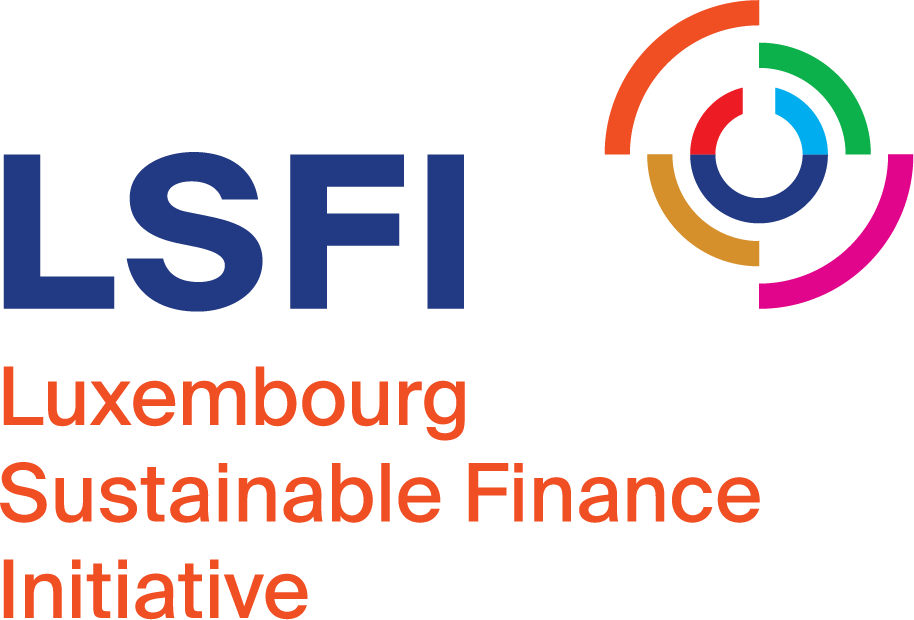What are the biggest challenges financial institutions face when it comes to human rights, and how can they better integrate human rights into investment decisions? Discover this and much more in our latest interview.
We spoke with Barbara Bijelic, Head of Regulation and Standards, OECD Responsible Business Conduct (RBC) Centre, and Benjamin Michel, Analyst at the OECD, who shared valuable insights into the OECD Guidelines for Multinational Enterprises on Responsible Business Conduct and how these guidelines can assist financial institutions in managing human rights risks and impacts. Additionally, we discussed challenges, solutions, and how the OECD guidelines align with the EU Sustainable Finance Regulatory Framework.
Barbara Bijelic, Head of Regulation and Standards, OECD Responsible Business Conduct (RBC) Centre, and Benjamin Michel, Analyst at the OECD, will also be joining the LSFI Summit on September 18th and 19th, where they will present during the Masterclass on how to integrate human rights into investment decisions (more information here).
LSFI: What are the OECD Guidelines for Multinational Enterprises on Responsible Business Conduct? How do they support financial institutions in managing human rights risks and impacts?
OECD: The OECD Guidelines for Multinational Enterprises on Responsible Business Conduct (the OECD Guidelines) are the leading international standard for how companies, including investors, should avoid and address impacts on people, the planet and society while contributing towards sustainable development. Particularly, they call on businesses to conduct risk-based due diligence for environmental and social impacts associated with their own activities as well as their business relationships. They have been developed and adhered to by 51 governments from OECD membership and beyond and are directed to the private sector, including institutional investors (asset owners and asset managers) and commercial banks.

Barbara Bijelic, Head of Regulation and Standards, OECD Responsible Business Conduct (RBC) Centre
Over the years, the OECD Guidelines have been regularly updated to ensure they remain fit for purpose and comprehensively address a wide range of human rights risks and impacts. They have also been supplemented by additional and practical guidance and tools that support their implementation across different sectors and contexts. For example, specific due diligence guidance has been developed for financial service providers covering a wide of asset classes and transactions (e.g., listed and private equity, corporate lending, securities underwriting, real estate, and infrastructure).
These tools provide investors and lenders with practical recommendations on how they can identify, prevent, mitigate and account for how they address their actual and potential adverse impacts on people and the planet. To date, a total of 950 investment managers and 235 asset owners reported using the OECD Guidelines to identify human rights risks and impacts in their portfolio and investments. Together they represent USD 34 trillion in asset under management.
OECD: Knowing where to start is a recurring challenge of financial institutions. They often manage hundreds of investee companies in their portfolios while assessing new investment opportunities daily.
However, human rights due diligence aligned with the OECD Guidelines has been designed to provide investors with a flexible and practical framework on how to prioritise their most significant adverse impacts on the basis of severity and likelihood of harm and to tailor their responseaccordingly. In other words, investors may screen their portfolios to identify general areas where risk is most significant and use this information as a basis for more detailed investigation and engagement, either individually or collaboratively.
This challenge is closely linked to information deficit, which is particularly acute in the context of human rights risks and impacts. It remains difficult for investors and lenders to gain a full understanding of human rights risks in their portfolio and whether they are being adequately addressed. Due diligence tools for investors provide practical recommendations on how investors can combine sources to identify human rights risks and triangulate claims to assess the credibility of information.
Policy makers are playing a crucial role in that regard by promoting higher quality reporting and data from companies through scaling up efforts for reporting standardisation and impact measurements.
OECD: In recent years, OECD instruments on RBC have been reflected or have helped shape the development of several policies, regulations and standards pertaining to corporate sustainability disclosure and sustainable finance all over the world, including throughout the EU sustainable finance regulatory architecture. We can highlight four recent examples:
The Sustainable Finance Disclosure Regulation (SFDR) requires financial undertakings to report on Principle Adverse Impacts (PAIs), including the share of investment in “violations of” – or “lack of processes to ensure compliance with” – the OECD Guidelines.

Benjamin Michel, Analyst, OECD
The Taxonomy Regulation sets out minimum social safeguards to prevent activities and investments from being regarded as ‘sustainable’ if they do not align with minimum standards for responsible business conduct, including the OECD Guidelines and requires companies to disclose information related to their “due diligence and remedy procedures”.
The Corporate Sustainability Reporting Directive (CSRD) and associated European Sustainability Reporting Standards (ESRS) include disclosure expectations on the undertaking’s due diligence process (GOV-4), including how such process helped inform the materiality assessment (IRO-1) The OECD Guidelines are also reflected in a few topical ESRS (i.e., ESRS S1-17, S2-1, S3-1, S4-1) which relate to “non-respect of the OECD Guidelines” with regards to the undertaking’s own workforce, workers in value chains, affected communities and consumer and end users.
Finally, the Corporate Sustainability Due Diligence Directive (CS3D) draws on the OECD Due Diligence Guidance for RBC, laying out due diligence expectations consistent with the six-step framework and key principles of the risk-based approach. However, it covers financial undertakingsonly with regards to their upstream supply chain.
LSFI: How can the financial sector improve its overall approach to human rights?
OECD: To date, many investors and lenders limit their human rights approach to controversy screening, supplemented by a human rights policy that articulate their commitments to respecting human rights. These constitutes the first two steps of the OECD six-step due diligence framework.
In that context, institutional investors are increasingly relying on ESG rating and controversy screening products. To improve and enhance their human rights approach, it is important for financial institutions to turn the risk identification into action. Stewardship and active ownership activities offer a useful framework in that regard. Some stewardship activities closely mirror measuresrecommended under RBC due diligence, particularly in the context of prevention and mitigation, although the objectives may vary slightly.
This approach is particularly important as risk averse investors may respond to human rights controversies with divestment or exclusion, which often have limited real-economy effects, including on the resolution of the harm. RBC due diligence is first and foremost an engagement framework, through which investors seek to use their leverage and stewardship tools to mitigate and resolve human rights risks and impacts caused by their investee companies.





